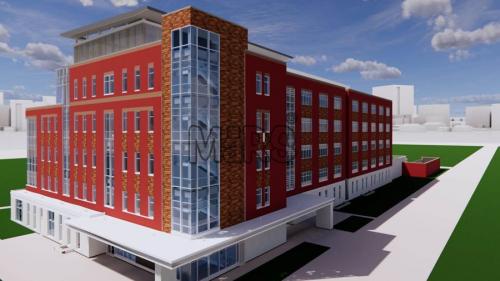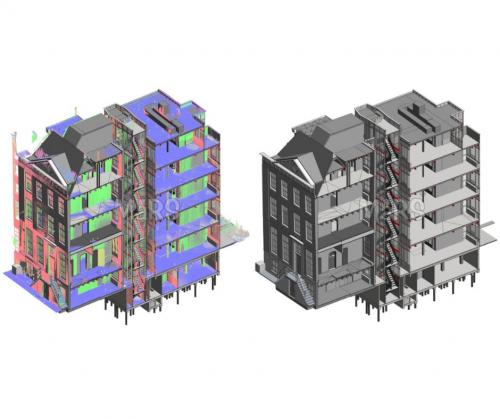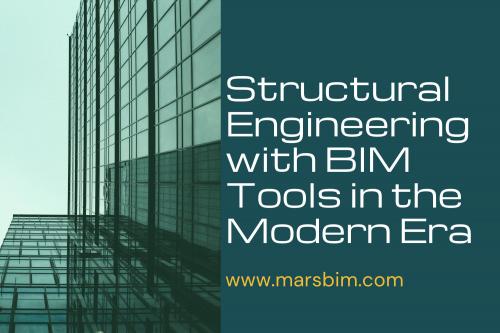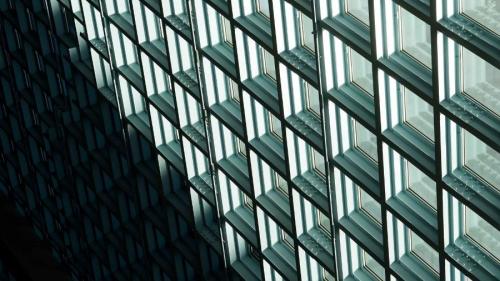Virtual Reality And Cultural And Architectural Heritage

Disseminate and preserving our architectural
and cultural heritage has a great ally that you should know: virtual reality
There are many municipalities and all kinds
of organizations that ensure the conservation and dissemination of monuments, and buildings of cultural and architectural interest. Given the state of
conservation, on many occasions, it is necessary to limit the number of visits
to ruins, archaeological sites, or protected natural spaces to prevent their
degradation and facilitate the work of conservators.
In this article, we propose various tools
that new technologies provide us, such as virtual reality, augmented reality, and mixed reality for the dissemination and restoration of artistic and
architectural heritage.
New ways to spread the history of our
heritage that will excite your visitors!
Within this area, virtual reality and
specifically virtual visits allow us to recreate past times and delve into
history. We can walk inside buildings that ceased to exist centuries ago,
interact with buildings in ways impossible in the real world, or see objects
that are too fragile, difficult to access, etc. helping in their conservation.
Tourists will be able to interact with
historical figures who will challenge them on their journey. With virtual tours, you get a richer and more immersive experience. Since you can introduce
narrations or music according to the theme of the tour. We can enrich the visit
by incorporating videos, texts, photographs, plans, and 3D modeling.
This innovative technology allows us to get to know spaces that, due to security or conservation regulations, cannot be physically visited. It also allows us to complete the experience by adding the vision from new points of view.
Virtual
Design and Construction can become particularly useful for people who, due
to any type of handicap or disability, cannot visit caves, places with stairs,
ruins, or complicated accesses.
Interactive 3D
models
It is very enriching to be able to compare
the current state of a monument with its original state. In the following
example, we will see two ways to get to know the Acropolis of Athens. In the
first case, we can see a virtual tour in Athens of the current state of the
Acropolis in a 360º video in which we can look in any direction by dragging the
cursor across the image.
As we can see photography, or in this case
360º video, gives us realism, a great quantity, and quality of details.
But where our imagination does not reach,
comes the help of virtual reality that allows us to visualize what this
architectural complex was like in its heyday. This allows us to better
understand and interpret the current ruins. A virtual visit to the 3D
reproduction of the original state of the Acropolis.
One of the advantages of online dissemination
is that it reaches anywhere in the world.
Having realistic 3D images makes it easier to know exactly the state prior to deterioration or the phases and different periods of construction of a building or historic center.
How virtual reality helps us in restoration and conservation:
The large influx of visitors often
endangers the conservation of these spaces or monuments. Virtual reality can be
a key tool to solve all these problems without preventing the dissemination of
heritage and its enjoyment. The number of virtual visits can be as large as
required and this can bring many benefits of all kinds without negatively
impacting conservation.
We can test restoration techniques on
digital models or explore different theories about their construction, all
while making sure not to damage the original. The possibilities are endless.
For the restoration, it is essential to
document in as much detail as possible the geometry and ornamentation of each
corner in a reliable way. The laser scanner allows us to obtain a model with
exact measurements and colors of any monument.
With a Point Cloud to BIM,
it is possible to carry out a study of the flatness of elements, such as floors
or walls, to be able to have an exact survey of what exists and to be able to
measure or carry out the engineering procedure.
In the heritage conservation sector, this
use is very complete, since the scanning of the elements can not only develop
and document these elements, but it can also carry out a study of how the passage
of time and the weather have affected them.
As we can see, virtual reality and 360º
photography provide us with very versatile and powerful tools to disseminate
heritage. They also allow us to work on the conservation and restoration of
buildings of our architectural and artistic heritage and this already
well-established trend will continue to spread and increase its technical
resources and possibilities even more. We are not exaggerating if we say that
today we have the tools that allow us to travel to the past virtually.








Comments